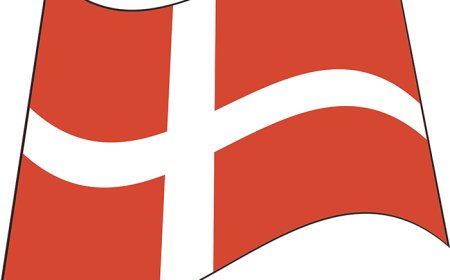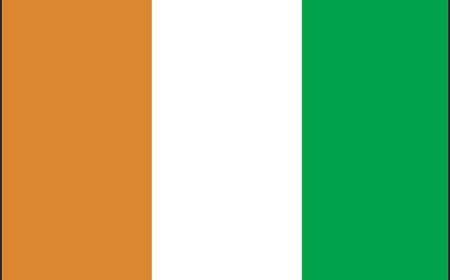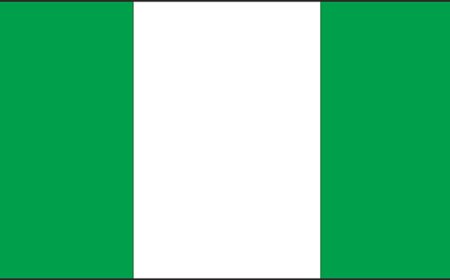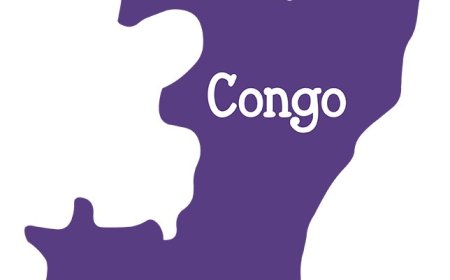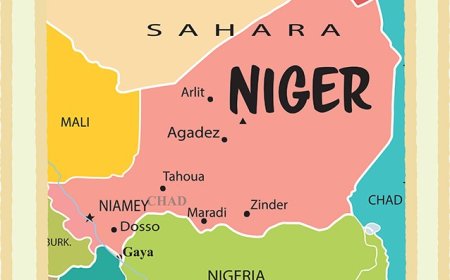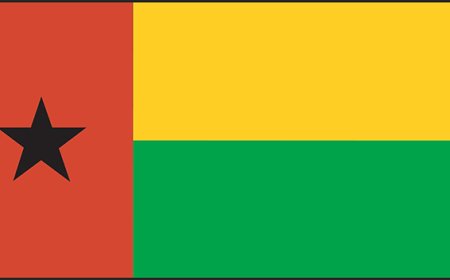Mali for Students: History, Geography, and Culture of a West African Empire
Explore Mali’s rich history, Sahara landscapes, and cultural heritage in this student article. Includes vocabulary, quiz, and educational standards
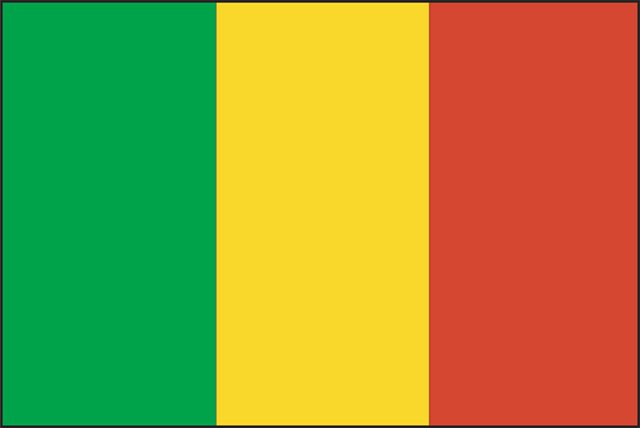
🌍 Introduction: From Ancient Gold to Modern Growth
Mali is a large, landlocked country in West Africa, known for its ancient cities, powerful empires, and the vast Sahara Desert. It was once the center of great kingdoms like the Mali Empire, ruled by the legendary Mansa Musa, one of the richest people in world history.
Today, Mali is a country of desert nomads, farmers, musicians, and scholars. Despite modern challenges such as poverty and conflict, Malians take great pride in their culture, storytelling, and history.
🗺️ Geography and Environment
Mali is the eighth-largest country in Africa, covering about 1.24 million square kilometers (about 480,000 square miles). It is bordered by Algeria, Niger, Burkina Faso, Côte d’Ivoire, Guinea, Senegal, and Mauritania.
The country has three major geographic zones:
The Sahara Desert in the north, which is hot, dry, and sparsely populated.
The Sahel region in the center, a semi-arid zone with short grasses and shrubs.
The fertile savannas and river valleys in the south, where most people live and farm.
The Niger River, Mali’s most important water source, winds through the country. It supports farming, fishing, and transportation. In the rainy season (June to September), the river floods, helping irrigate crops.
Mali has many national parks and wildlife areas, but desertification and climate change threaten the environment. Animals include hippos, crocodiles, gazelles, and desert foxes, though many live only in protected areas now.
🏛️ Government, Language, and Population
Mali is a republic, but recent political instability and military coups have affected its government. The country has experienced conflict in the north, where some groups want independence or greater autonomy. Despite this, efforts for peace and unity continue.
The capital city is Bamako, located along the Niger River. It is Mali’s largest city and center for trade, government, and education.
Mali has a population of about 22 million people, made up of diverse ethnic groups, including the Bambara, Fulani, Tuareg, Songhai, Dogon, and Bozo. Each group has its own languages and traditions.
The official language is French, but many people speak local African languages such as Bambara and Songhai. The majority of Malians are Muslim, but traditional beliefs and local customs are also part of daily life.
The currency is the West African CFA franc (XOF).
🎭 Culture and Daily Life
Mali is famous for its music, storytelling, crafts, and oral traditions. Griots, or traditional storytellers, pass down history through songs, poems, and proverbs. Music is played on traditional instruments like the kora (a stringed harp), balafon (wooden xylophone), and ngoni (a small lute).
In both villages and cities, daily life includes farming, herding, cooking, and trading in markets. Families often live in compounds with several generations sharing meals and chores.
Popular foods in Mali include:
Tô – a thick porridge made from millet or sorghum, served with sauce
Jollof rice
Grilled meat
Groundnut (peanut) stew
Clothing is often made from colorful cotton fabrics, with patterns and headwraps worn for both style and tradition. Artisans create wood carvings, jewelry, woven textiles, and leather goods.
📜 History: The Great Empires of West Africa
Mali’s history is legendary. Between the 13th and 16th centuries, it was home to the powerful Mali Empire, one of the greatest civilizations in African history. Its capital city, Niani, and trading cities like Timbuktu and Gao became centers of wealth, education, and Islamic learning.
The most famous ruler, Mansa Musa, made a pilgrimage to Mecca in 1324, giving away so much gold that he caused inflation in the cities he visited. His empire stretched across modern-day Mali, Senegal, Gambia, and beyond.
Later, the Songhai Empire rose to power and continued Mali’s golden age of trade and scholarship. Timbuktu’s libraries and Sankore University held thousands of handwritten books on science, math, and law.
By the 1800s, Mali came under French colonial rule, and it became part of French West Africa. Mali gained independence in 1960, and like many African countries, has worked hard to build a peaceful and successful future.
💰 Economy and Resources
Mali’s economy is based on:
Farming and livestock herding
Mining (especially gold)
Cotton production
Gold is Mali’s largest export, making it one of Africa’s top gold producers. Other resources include salt, limestone, and uranium.
Most Malians live in rural areas and grow their own food. Crops include millet, sorghum, rice, maize, peanuts, and cotton. However, the country faces challenges like poverty, lack of clean water, and poor infrastructure.
International organizations and local leaders are working to improve education, health care, and access to technology.
🌿 Wildlife and Natural Beauty
Mali’s natural landscapes include:
The Niger River
The Bandiagara Escarpment (home of the Dogon people)
The Sahara sand dunes
Desert oases and wetlands
While much of the wildlife has declined due to climate and conflict, national parks aim to protect hippos, antelopes, monkeys, jackals, and birds.
The Festival in the Desert, held near Timbuktu, once attracted visitors from around the world with its music, camels, and desert culture, though security concerns have paused the event in recent years.
📚 Vocabulary List
Word Definition
Sahel A dry grassland area between the desert and rainforest
Griot A traditional West African storyteller or musician
Mansa Musa A famous emperor of the Mali Empire, known for his wealth
Empire A large area ruled by one powerful leader or group
Kora A harp-like instrument with 21 strings
Desertification The process where land becomes dry and turns into desert
Timbuktu A historic city known for learning and trade
CFA franc The currency used in many West African countries
🧒 Kid-Friendly Summary
Mali is a big country in West Africa with deserts, rivers, and amazing history. Long ago, it was home to great kings like Mansa Musa and cities like Timbuktu, filled with gold and books. Today, people grow food, play music, and tell stories to keep their culture alive. It’s hot and dry, but full of color, sound, and tradition.
🎯 Interactive Quiz: What Do You Know About Mali?
1. What is the capital of Mali?
a) Timbuktu
b) Bamako
c) Gao
d) Dakar
2. What important river flows through Mali?
a) Nile
b) Congo
c) Niger
d) Zambezi
3. What is Mali’s most valuable export?
a) Coffee
b) Cotton
c) Gold
d) Cocoa
4. Who was Mansa Musa?
a) A farmer
b) A French colonizer
c) A famous Malian emperor
d) A music teacher
5. What was Timbuktu known for?
a) Wild animals
b) Beaches
c) Learning and trade
d) Ice fishing
6. What is a griot?
a) A type of monkey
b) A trader
c) A storyteller or musician
d) A food dish
7. What language is used in Mali’s schools and government?
a) English
b) French
c) Arabic
d) Swahili
8. What is desertification?
a) Making desserts
b) Building castles in sand
c) Land turning into desert
d) Planting trees


















































